The evolution of motorcycle aerodynamics
How a motorbike deals with wind resistance is nothing new, but over the years there have been some weird and wonderful creations that have worked. Others… not so much.
Let’s talk fairings, dustbin fairings, winglets, cowlings, handlebar blisters and dolphins.
Confused? Almost certainly, but these are myriad innovations that have revolutionised motorcycle aerodynamics, all designed to maximise efficiency and improve performance and handling.
In the early 20th century, motorcycles were essentially bicycles with engines. Their designs prioritised mechanical function with little to no consideration for aerodynamics. Exposed frames, flat handlebars, and upright riding positions created significant drag, limiting top speeds and fuel efficiency.
The most common or recognisable bit of aero kit on a motorbike is the fairing. A motorcycle fairing is a shell placed over the frame to deflect wind and reduce drag – essentially wind resistance. It also helps to protect the rider against the elements and the engine components in the event of a crash (but not by much). Originally the fairings were cowlings put around the front of the bike, increasing its frontal area. Gradually they became an integral part of the design, and a single fairing may partially or fully enclose the entire motorcycle.
So, that’s the front fairing, but a bike may have a tail fairing, a belly fairing, or any combination of these, and be full, half or quarter in terms of the amount of surface area. The front fairing is most common, but a tail fairing is almost obligatory if fairings are integral to the design. It is mounted behind the seat and rider. Some also extend to the sides of, and below, the saddle.
Early fairings were a bit rubbish. The Royal Enfield Bullet probably is the best example, with factory-optional Airflow touring-fairing and matching front wheel streamlining. In its day, it looked the part, but really it was somewhat clunky and didn’t massively improve the handling or balance of the bike itself.
However, it wasn’t until the 1950s that designers began to seriously explore the aerodynamic potential of motorcycles. The famous “dustbin fairings,” used notably by Moto Guzzi and NSU in Grand Prix racing, were among the first attempts to reduce drag by enclosing the front of the bike. They looked horrible, and if you were honest, anyone in their right mind would have said they should be outlawed. And so it was, but not for the aesthetics: crosswind instability ensured these horrors of design were soon banned.
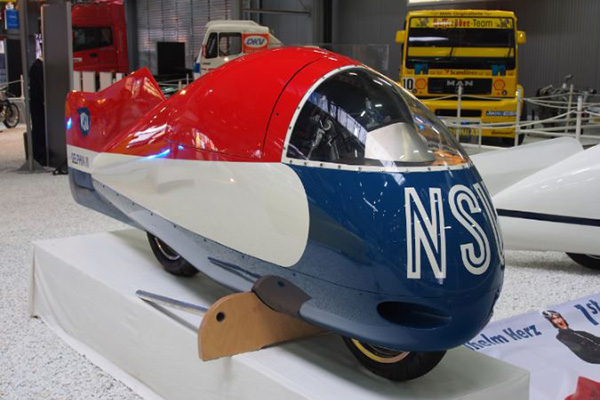
With restrictions in place, engineers shifted focus to more balanced aerodynamic designs. The 1970s and 1980s saw the rise of streamlined, integrated fairings that improved airflow around the bike while keeping it stable at high speeds. Riders adopted a tucked-in posture, aligning themselves with the bike’s profile to minimise frontal area.
In motorcycle racing downforce is king. In MotoGP the introduction of winglets — small, fin-like structures attached to the front fairings — changed the game. These devices generate downforce, helping to keep the front wheel grounded during acceleration and improving stability during braking and cornering.
Of the more bizarre was the introduction of the streamliner motorcycle such as the NSU Rennmax 250cc Delphin III. It was nicknamed the ‘Dolphin’ because its protruding nose looked like the front end of a… dolphin. The tag was easy to spot and the nickname no work of genius. Still the Dolphin did achieve success even though it looked like Flipper. It was a dominant force in 250cc racing, achieving multiple victories and championships, and it also secured land speed records most notably with Wilhelm Herz reaching 211mph at Bonneville in 1956.
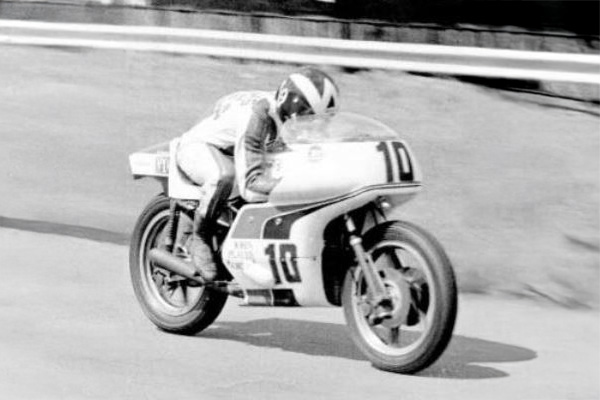
And so to ‘handlebar blisters’. Racing regulations forbade streamlining beyond the wheel spindles and required the rider's arms and legs to be visible from the side. However, Peter Williams was permitted to give his 1973/74 JPS Norton blisters on the fairing that enclosed the ends of the handlebar to reduce drag.
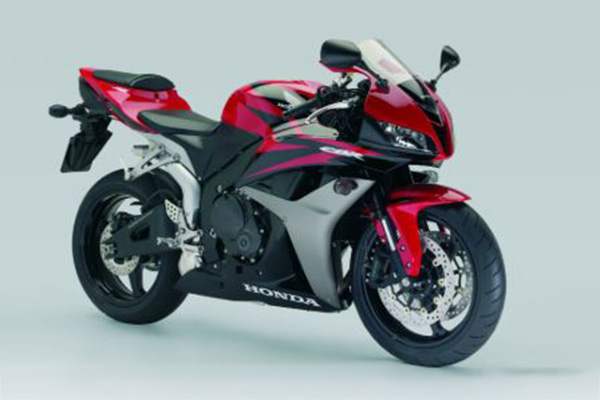
On the road, bikes with fairings gathered pace. Harley-Davidson and Honda (particularly with its Gold Wing touring bike) used fairings gratuitously as design features, rather than for aerodynamic purposes (although there were certainly gains made in terms or reducing drag). However, it was the BMW R100RS in 1976 that was the first mass-market sport touring motorcycle to be offered with a full fairing as standard and it marked the beginning of wider adoption of fairings on sports and touring types of motorcycle.
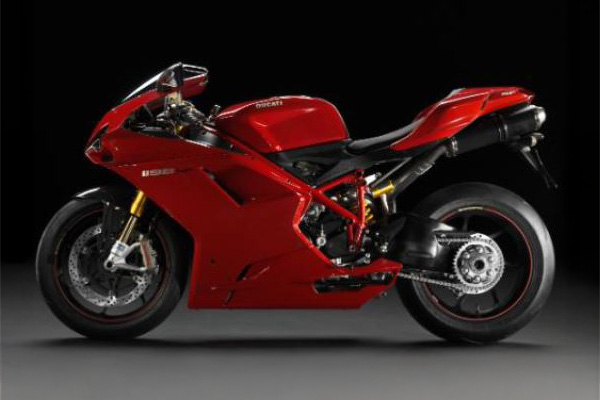
Manufacturers like Ducati, Yamaha, and Honda have all invested heavily in aero R&D, designing motorcycles that resemble fighter jets as much as traditional bikes.
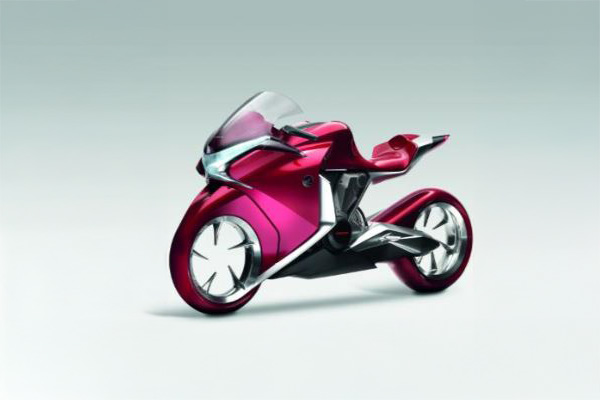
Active aerodynamic systems, including adjustable winglets and air vents that promise even more control and efficiency are starting to appear on some current motorcycles, particularly in the performance and racing segments, and there is no question that developments will continue as the drive for more sustainable solutions for two-wheeled transport gathers pace.

COMMENT